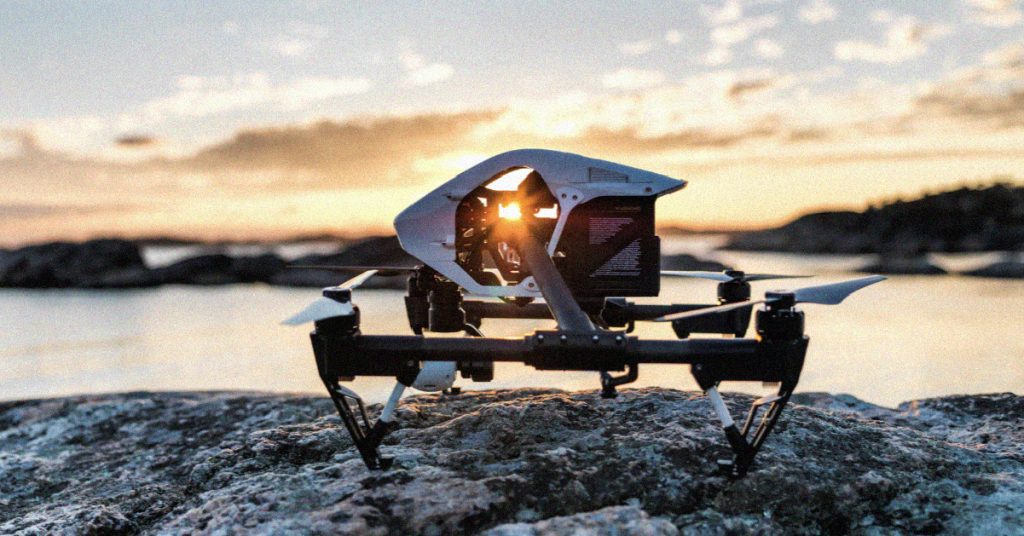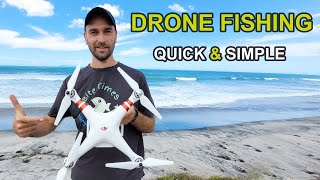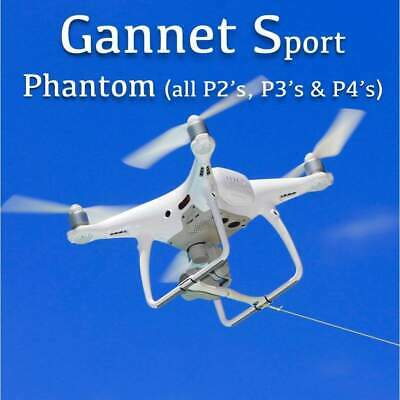
The regulations for drone fishing are important to understand if you plan on using one. You can also view instructional videos on how you can fly a drone to catch a fish. Read our article about drone ethics if you have any questions. We will be covering some ethical concerns surrounding the use of drones to fish. And don't forget to check out our drone fishing gear guide.
Regulations applicable to drone fishing
The regulations for drone fishing for tuna can be confusing when you're watching YouTube videos. While there are many reasons to adhere to local laws, safety is the most important. To protect both your life and that of the fish, you must follow the correct laws. In this article we will cover some of the most important rules and make sure you follow them. Don't forget the International Game Fish Association rules.
Drones cannot be operated over public places, including sporting events or stadiums. They cannot carry weapons or be within half a mile of a sporting event. In addition, drone operators must have sight of their aerial equipment at all times. Additionally, drones are not allowed to fly above people, stadiums, and critical infrastructure. If you aren't sure what the rules are regarding drone fishing, contact your local law enforcement agency or consult an attorney.

While drone law has been adopted in many states, not all states have. For example, Illinois has recently enacted SB 2167. This bill prohibits drones from being used in state parks, without permission. It also defines privacy rights and sets out the rules that drone operators must follow for both recreational and commercial purposes. It also prohibits drones interference with hunters and other wildlife. These new laws are expected be finalized within a few years.
Drone fishing raises ethical concerns
Drone fishing is controversial. Companies sell underwater drones that can fish for fish. These drones are often equipped with video cameras that show the fishing process. It's remarkably similar as casting a line for a fish. The process of taking a fish from water is different. This type of fishing is not ethically acceptable.
While there are obvious advantages to using drones for fishing, some have argued that they may be cheating the fishing population. Fishing has not changed much over the centuries, but using drones to catch fish might change that and decrease the thrill of the chase. Drones could also be harmful to conservation. Before you buy a drone for fishing, here are some ethical considerations.

Drone fishing isn't the best option. Drone fishing could be dangerous to the environment and can overfish endangered species. While some states permit drones for recreational fishing, others prohibit it. There are many limitations to drone fishing. Cheap drones might not have the required GPS functionality, lifting capacity, or control range. Drone fishing can also lead to fish loss if there are line tangles. Piloting is also a problem.
FAQ
Can someone spy on you with a drone?
A drone can be used to spy on anyone. The only way to protect yourself from drones is to be aware of them and avoid areas where they may fly. Notify 911 immediately if you find a drone in your vicinity.
Can my drone be flown indoors?
Yes, your drone can be flown indoors. Your home must be free of hazards and obstacles. You should not fly near windows, doors or heating vents.
Does the FAA regulate drones
The FAA oversees all aspects drone operations including safety standards and certification requirements.
Which US states allow drones?
You can legally operate a drone for hobby purposes. The Federal Aviation Administration has created guidelines to allow small unmanned aircraft system (UAS) use. These UASs must first be registered with FAA to be allowed to be flown. These UASs can also be flown by commercial operators if they are allowed to fly under certain conditions.
How can I keep drones away?
Drones are becoming increasingly popular for home surveillance, but they also threaten privacy and security. If you want drone attacks to be avoided, you can install motion sensors all around your property. These sensors will detect any flying objects that are not authorized.
Is Drones Prohibited?
The FAA prohibits drones from flying within close proximity to airports, stadiums and sporting events, as well as nuclear power plants, hospitals and prisons. However, they do allow them to fly at night using GPS technology.
Statistics
- With the top 10% making over $100/h and the bottom 10% making as low as $10/h. (dronesgator.com)
- According to ZipRecruiter, the minimum hourly wage of drone pilots is $20. (thedroneu.com)
- Research and Markets predict a growth rate of 51.1% over the next five years. (thedroneu.com)
External Links
How To
How To Fly Drones For Beginners
A drone is an unmanned aerial vehicle that can be remotely controlled and used for surveillance, aerial photography, film production, research, and other hobby purposes. Drone technology has been around since World War II. DJI's Phantom quadcopters became commercially available in 2010. There have been many types of drones since then, including beginner-friendly drones like the Parrot AR Drone 2.0 and professional-grade multi-rotor crafts like the DJI Mavic Pro.
You can fly a drone in many different ways, including:
-
Remote control – This technique uses a control device attached directly to your hands that allows you steer the drone around its flight path. There are two main types: Joysticks (like a radio), and On/Off switches (like an alarm clock).
-
Manual Control – This method lets users remotely control the drone by using a smartphone app. The app will provide instructions and help you to locate the drone.
-
Autonomous flight - The drone takes over the piloting duties. It's basically flying autonomously without any human intervention. The drone must be equipped with a camera and sensors that can capture images and data in order to fly autonomously.
-
Triggered flight - This is similar to manual control except that the pilot sets up a preprogrammed route and the drone follows the route until it reaches its destination. Once the programmed route is completed, the drone lands automatically and returns back to the base.
-
Landing Gear – A few drones come with landing gear. This allows them land safely in the event of losing power or running out of battery.
-
Goggles - Some pilots wear goggles to protect themselves from debris while operating.
-
Camera - Some drones can be equipped with cameras which enable you to capture photos from the sky.
-
Obstacles - Some drones can be equipped with obstacle avoidance systems that prevent them from crashing into obstacles.
-
Speed – Some drones can reach speeds in excess of 40 mph.
-
Battery Life – Most drones will last 20 minutes to three hours depending on how powerful they are.
-
Range - Some drones can travel upto 30 miles depending on their models.
-
Power source - Some drones need an external power source, while others use internal batteries.
-
Weight - Some drones can be as light as 1 pound while others can reach 4 pounds.
-
Size - Drones come in many sizes, from small gadgets that fit in one's hands to large craft that weigh more than 50 lbs.
-
Price - From high-end models that cost thousands of dollars to low-cost options that start at $100, all drones fall under a certain price category.